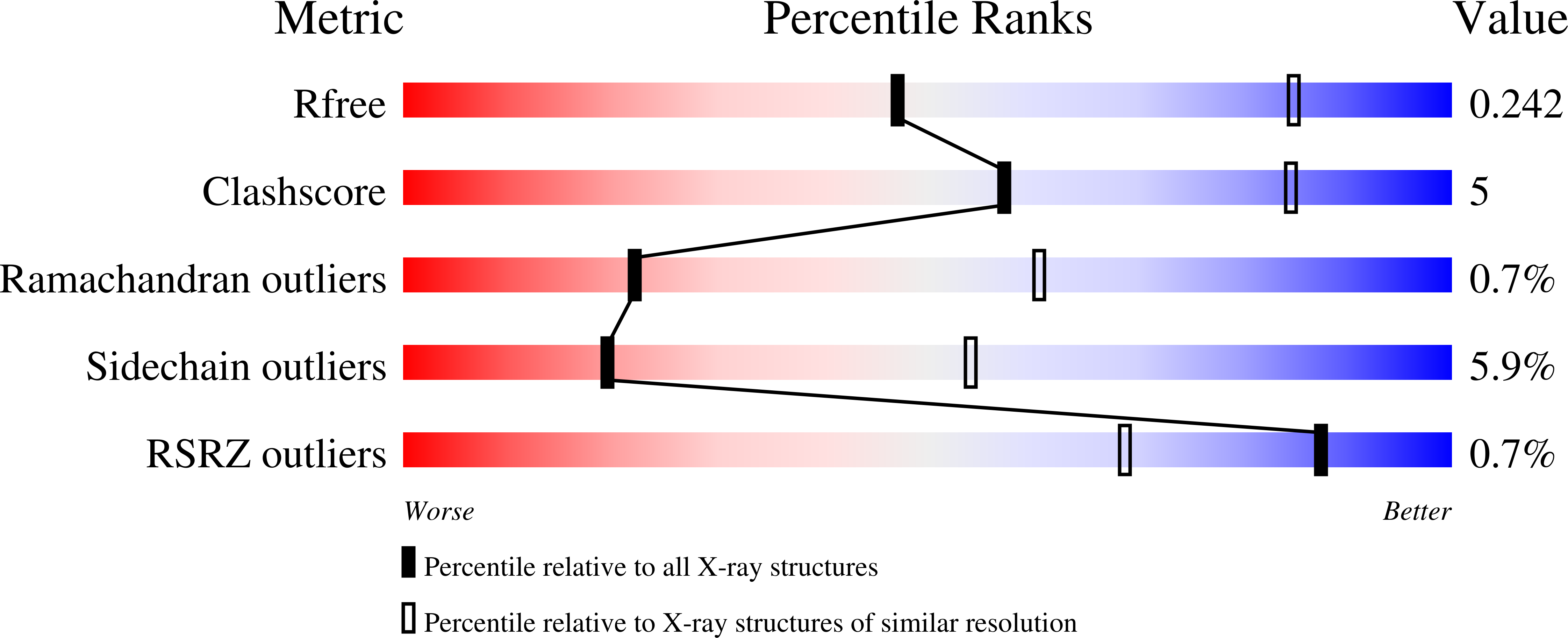
Deposition Date
2020-02-18
Release Date
2020-12-30
Last Version Date
2024-11-06
Method Details:
Experimental Method:
Resolution:
3.00 Å
R-Value Free:
0.23
R-Value Work:
0.18
R-Value Observed:
0.18
Space Group:
P 1 21 1


